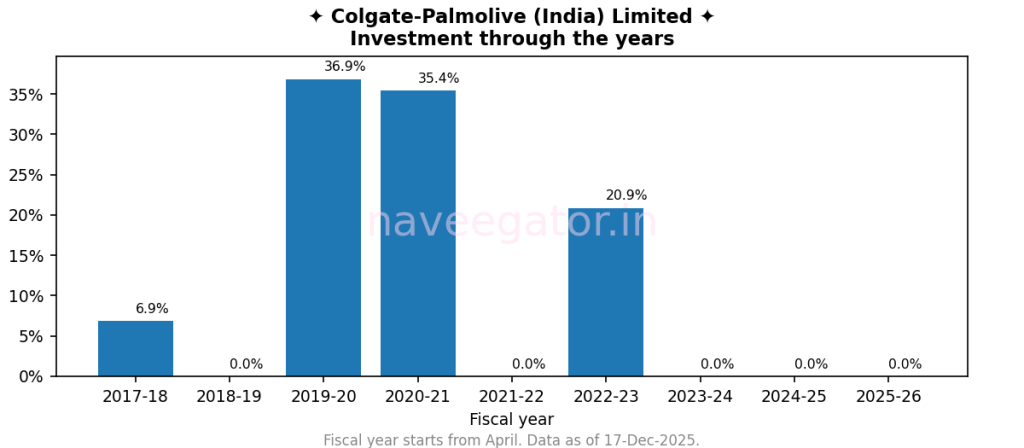I love RSS. No algorithms showing me ads. No infinite scroll. Just blogs that I have chosen to follow showing up in NetNewsWire.
And yet, at times, RSS also gives me anxiety. I follow around 150 blogs and open up NetNewsWire every single day in the morning. I dip in and out, read what catches my eye, and keep myself updated on the topics I care about.
But then life happens. A busy week. A vacation. Essentially a stretch of time where reading isn’t the priority.
And when I come back, open NetNewsWire, I am greeted with 200+ unread posts. Suddenly the thing that was supposed to reduce noise feels overwhelming.
The feeling is oddly specific: “I am going to miss something important. I carefully chose these blogs. If I don’t read them, what was the point?”
But overtime I have come to accept the uncomfortable reality—I will never read all the great posts that exist. Never. Once I accepted that reality it became easier to hit that “Mark all as read” button. A clean slate to begin with. And I have come to a realisation that if something was truly great it resurfaces, sooner or later, through another medium. Great posts never disappear forever.
PS: Do not use this strategy on your work emails when coming back from vacation. Else you might be forced to take another vacation.

You must be logged in to post a comment.